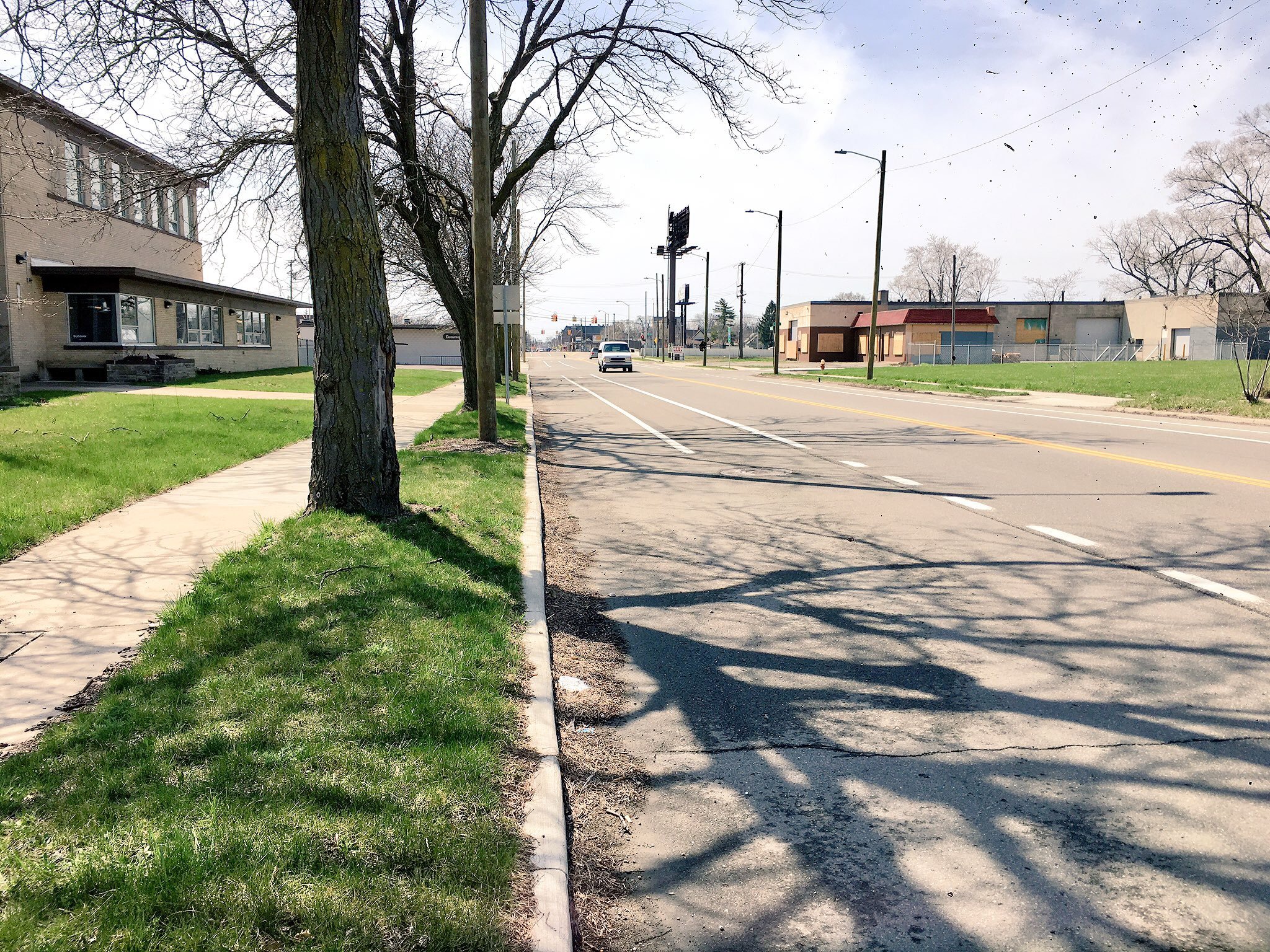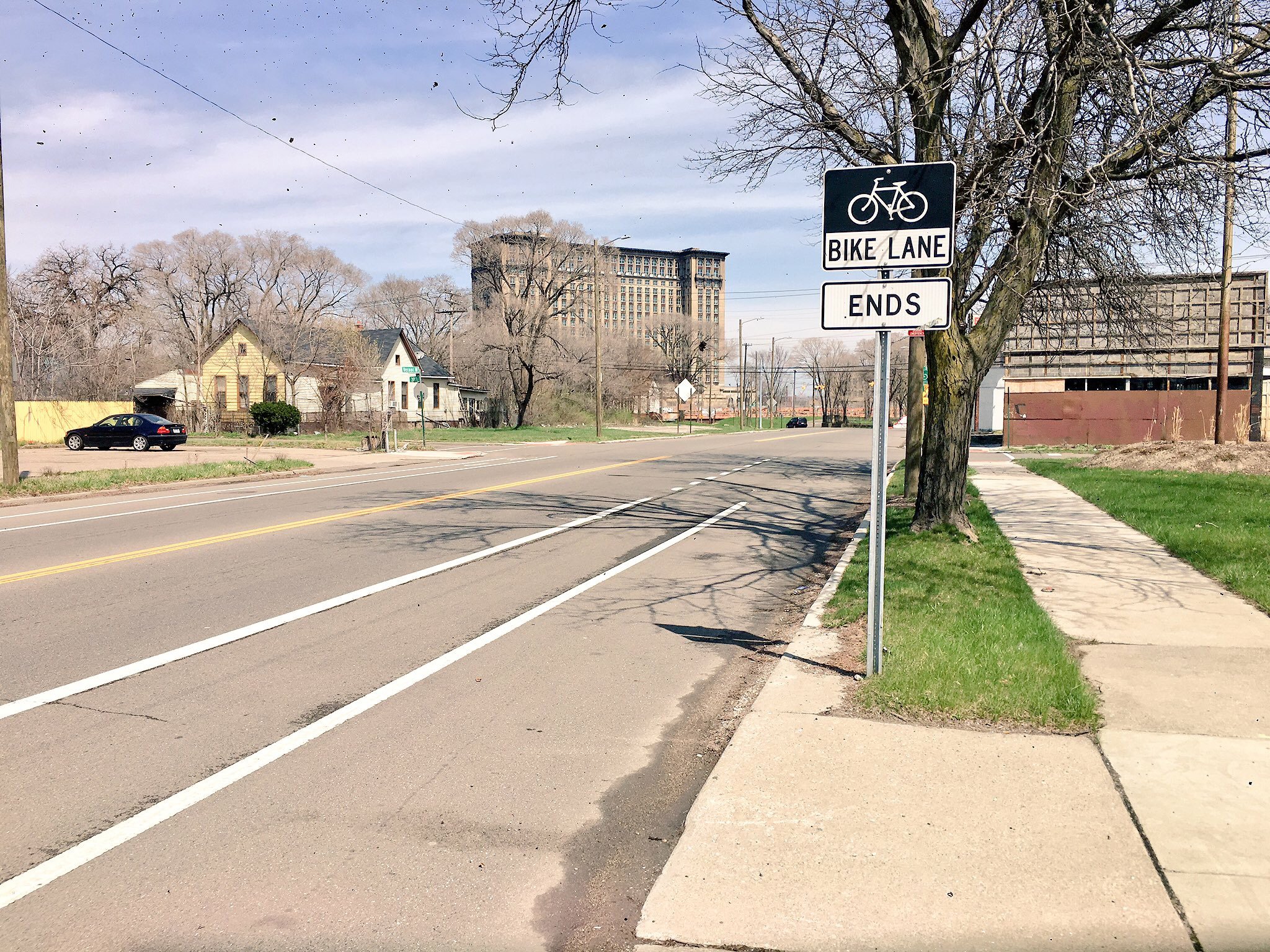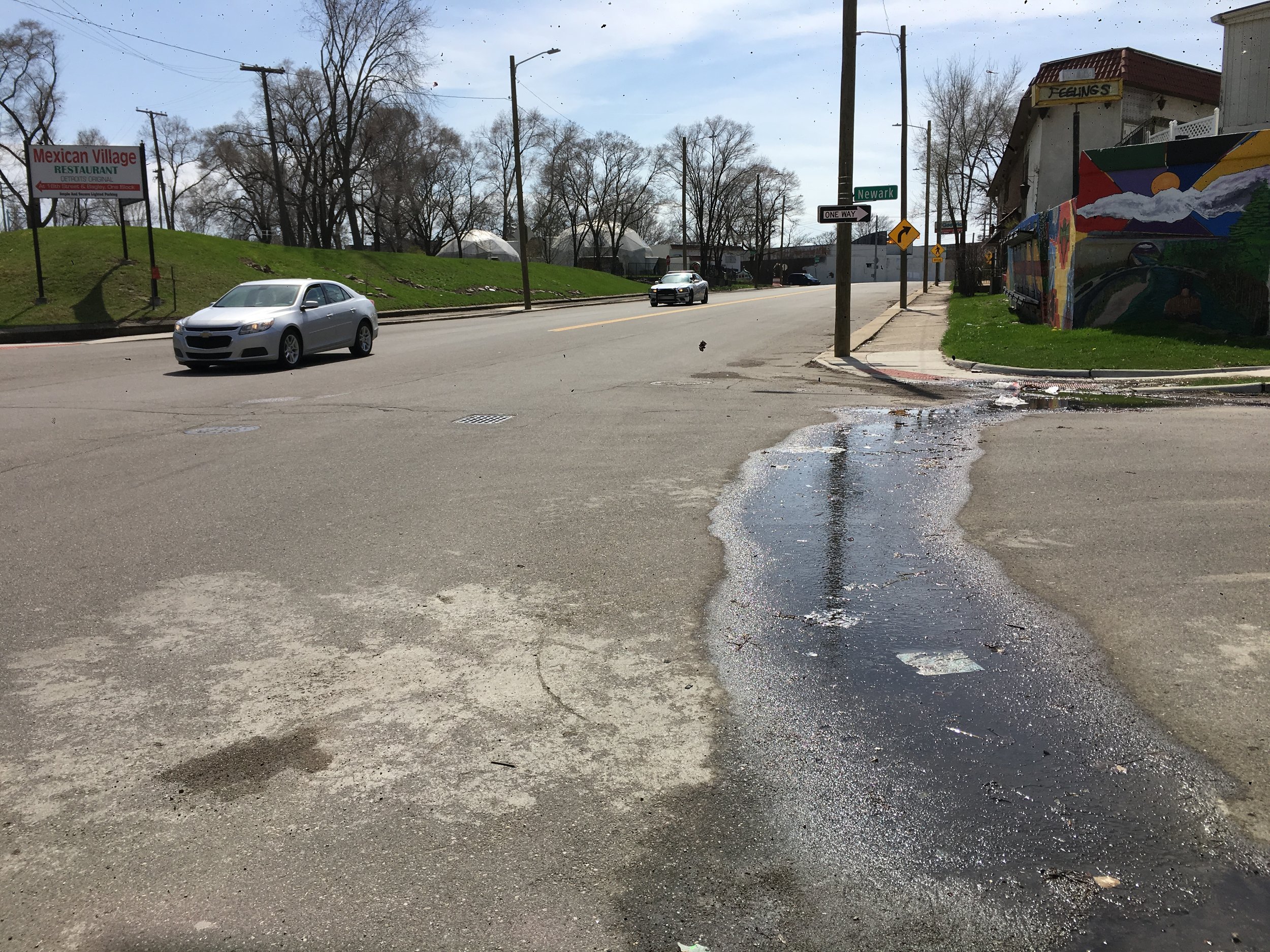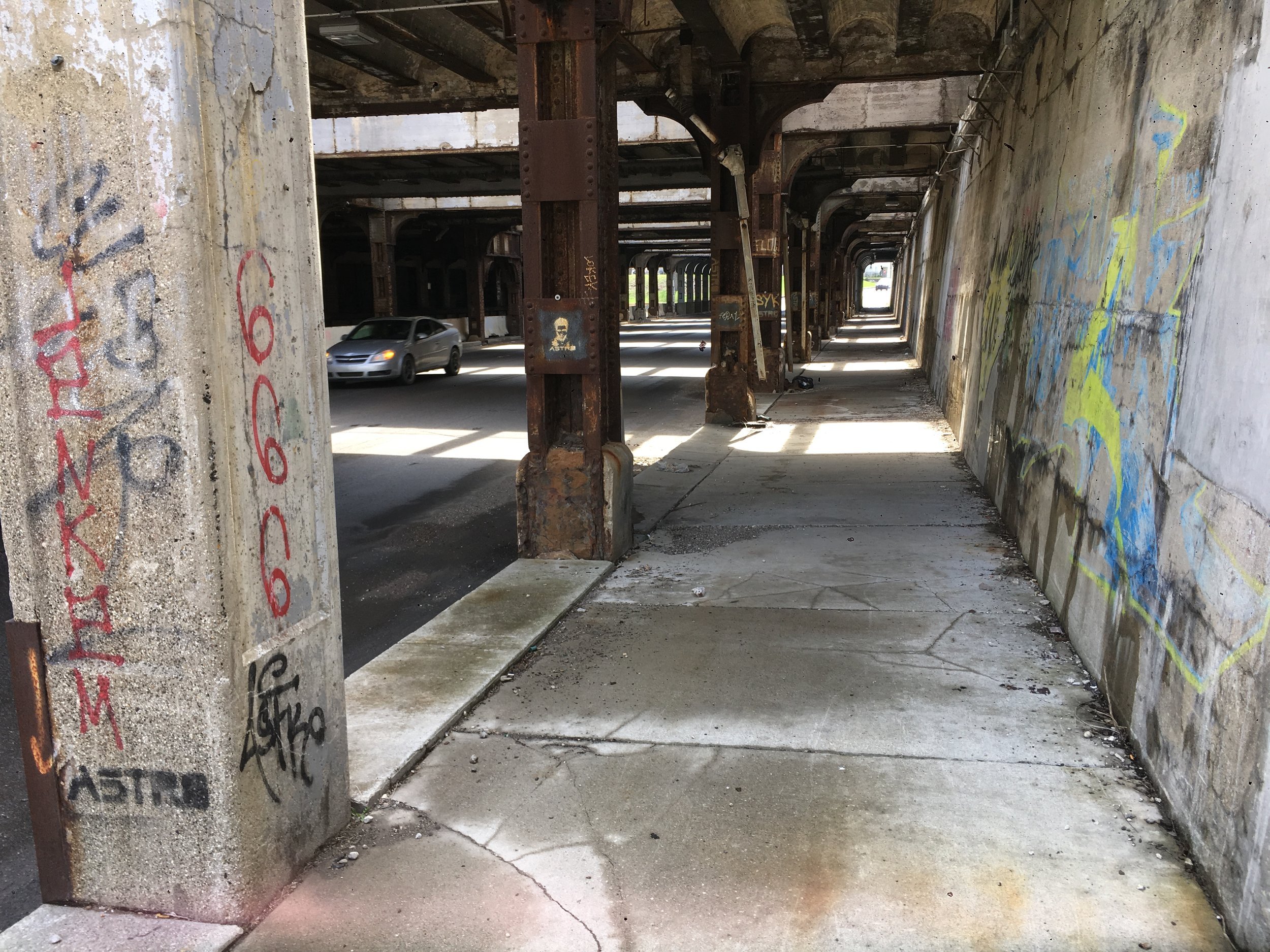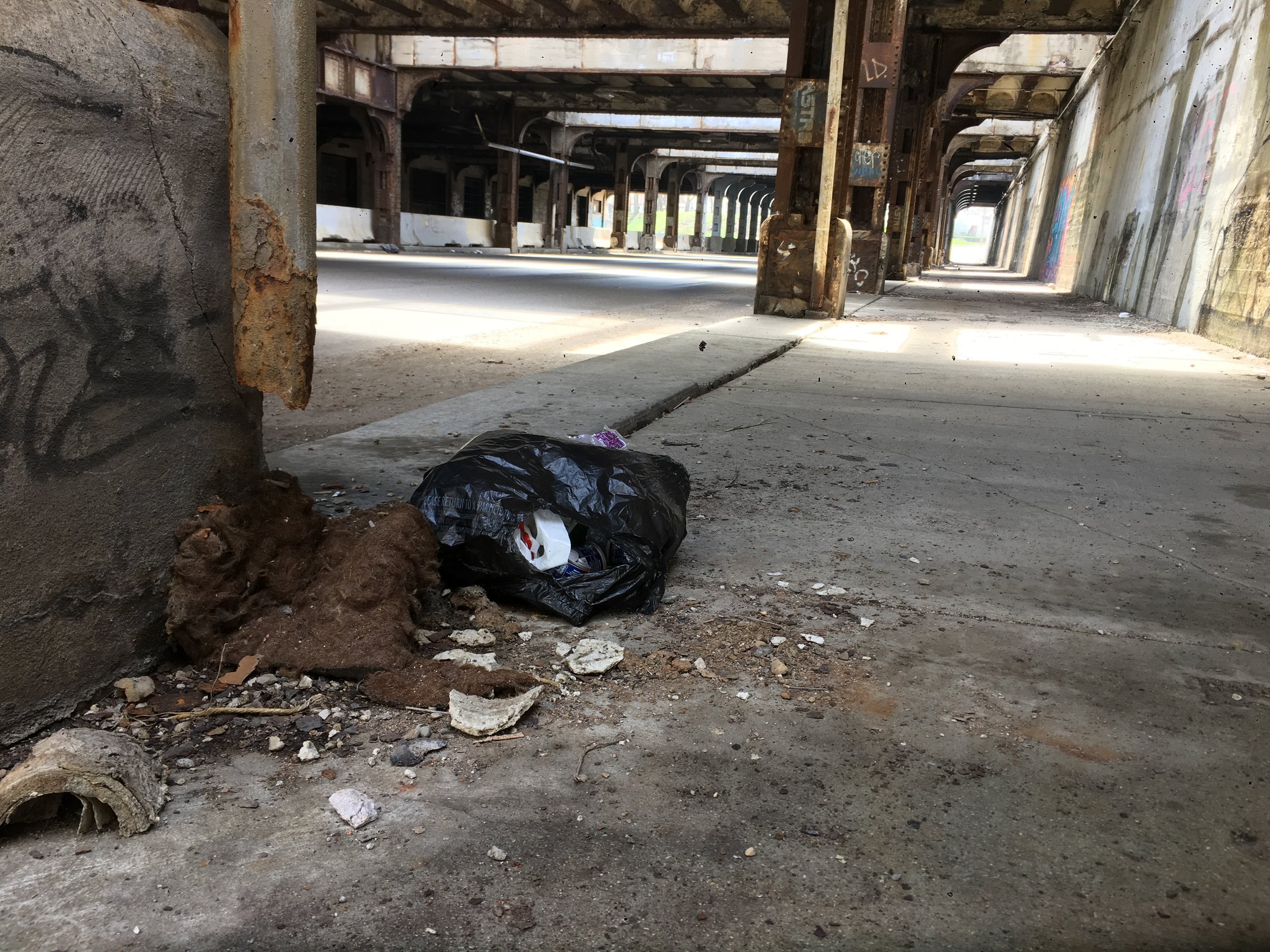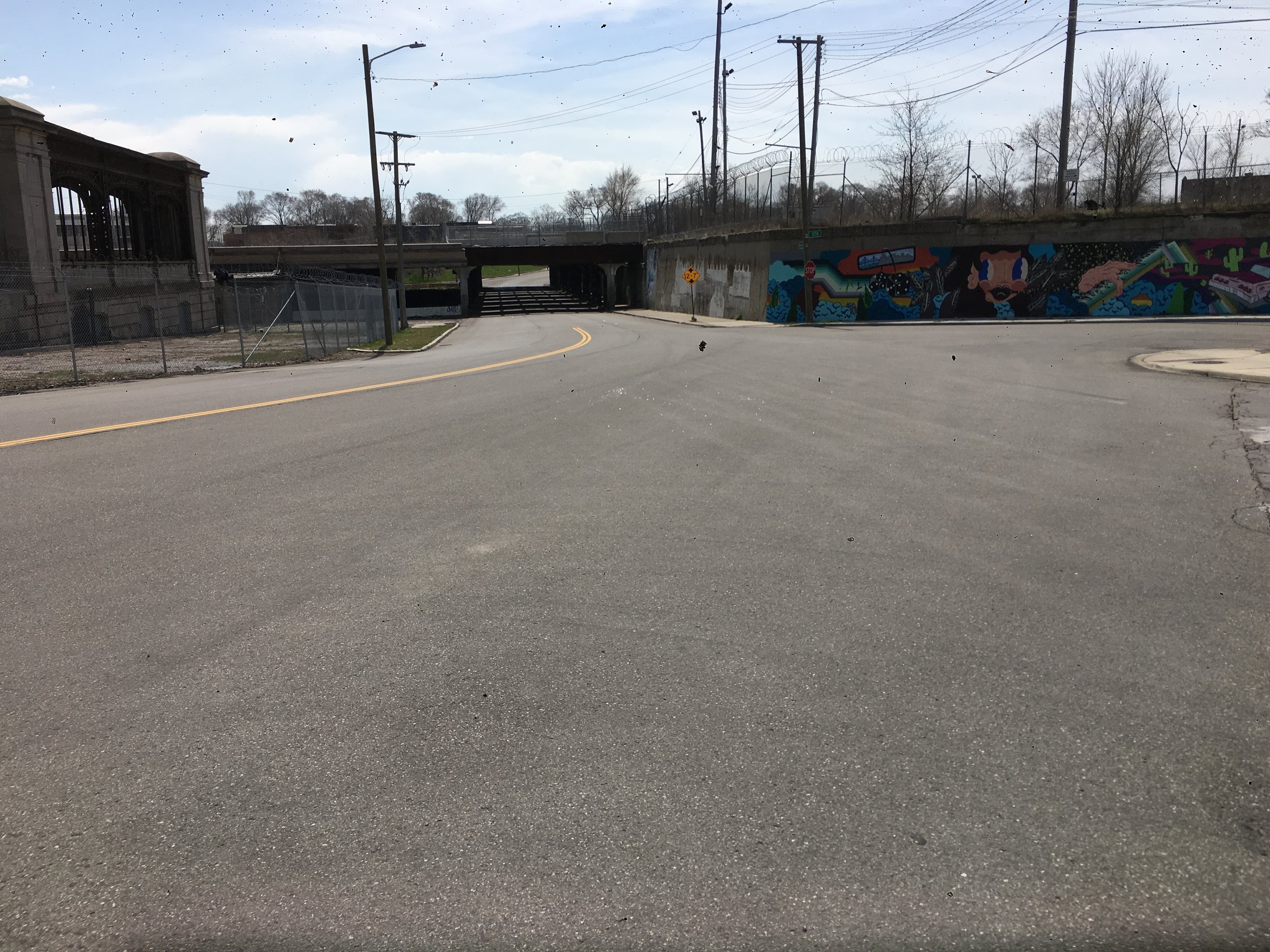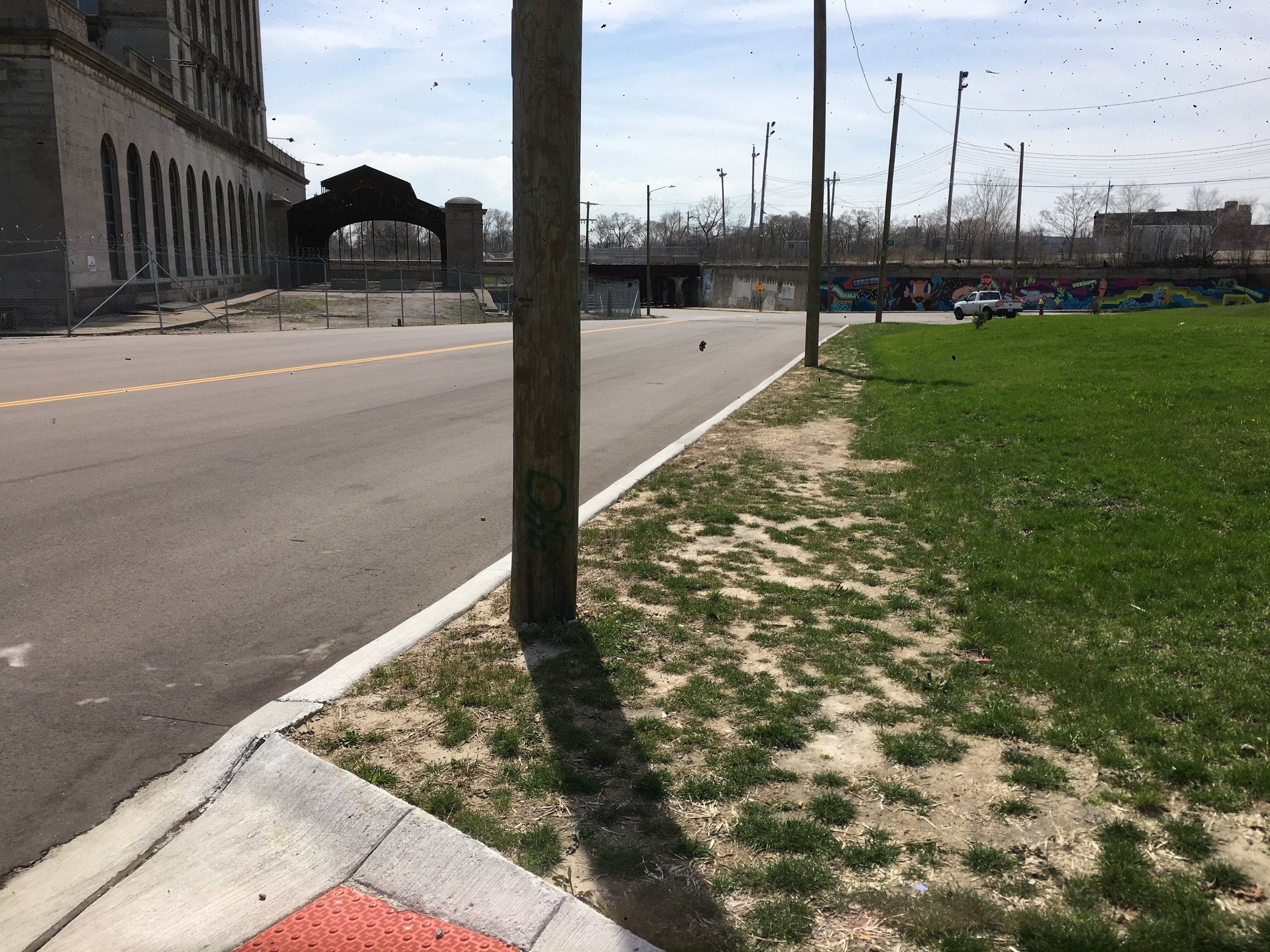Plum Health Blog
Virtual Walk with the Doctor on Detroit's Beautiful Belle Isle
Virtual Walk with the Doctor in Detroit
This week, I'm hosting a virtual walk with the doctor. We're headed out into beautiful Belle Isle park in the middle of the Detroit River, walking through one of my favorite trails and seeing wildlife along the way.
Exploring Beautiful Belle Isle with Dr. Paul Thomas
Detroit's Belle Isle was designed in the late 1800s by Frederick Law Olmstead, who also designed Central Park in New York City, Mount Royal Park in Quebec, and the Emerald Necklace in Boston. The wooded areas were a central feature of his design, so it's fitting that we're able to walk through one of those wooded areas.
As you spend time on Belle Isle, you'll see a broad array of wildlife. There are groundhogs (aka chuck hogs or whistle pigs), chipmunks, squirrels, eagles, herons, Canadian geese, woodcocks (aka timberdoodles) ducks, frogs, woodpeckers, blue jays, hawks, and many more. During our walk today, we saw several blue jays, ducks, and frogs.
If you want to explore Belle Isle outside of the wooded areas and wildlife areas, there are several attractions. These include the Belle Isle Aquarium, Coy Fish Pond, the Belle Isle Conservatory, the Belle Isle Beach, and many others - the Casino, Detroit Boat Club, Detroit Yacht Club, Dossin Great Lake Museum, Nancy Brown Peace Carillon Tower, Belle Isle Golf Range, Livingstone Memorial Lighthouse, etc...
One exciting new development on the island is the new and ongoing construction of the Oudolf Garden - Piet Oudolf is best known for his work with the High Line in New York and Lurie Garden in Chicago. It's really exciting to have this type of investment into the island, and this new garden will be situated at the base of the Nancy Brown Peace Carillon Tower.
Why 30 Minutes of Daily Exercise is Important for Long-Term Health
My goal with this is to provide some education and entertainment during these trying times of Covid 19, quarantine, political uncertainty, and the stress of daily life. Take a few moments to enjoy this video and immerse yourself in a calming environment.
Perhaps you'll watch this video while on your treadmill, or perhaps this video will inspire you to check out your nearest park and to hike a trail close to your home. Importantly, the Department of Health and Human Services recommends the following activity levels for adults:
For substantial health benefits, adults should do at least 150 minutes (2 hours and 30 minutes) to 300 minutes (5 hours) a week of moderate-intensity aerobic physical activity. Preferably, aerobic activity should be spread throughout the week.
Additional health benefits are gained by engaging in physical activity beyond the equivalent of 300 minutes (5 hours) of moderate-intensity physical activity a week.
Adults should also do muscle-strengthening twice weekly and this has added health benefits
I bring this up because I’m a family doctor and because the leading cause of death in the United States is heart disease. From the CDC:
Heart disease is the leading cause of death for men, women, and people of most racial and ethnic groups in the United States. One person dies every 36 seconds in the United States from cardiovascular disease. About 655,000 Americans die from heart disease each year—that's 1 in every 4 deaths.
The best way to combat heart disease is with regular exercise, a health diet, and no smoking cigarettes and limited alcohol consumption.
Thanks for reading and watching and I hope this video inspires you to strive for your health goals and to get outside for a walk this week!
-Dr. Paul Thomas with Plum Health DPC in Detroit, Michigan
Where the Bike Lane Ends
When I think about creating an affordable, accessible healthcare service in Detroit, there are many factors that I consider. One of them is physical accessibility by foot, by bike and by car. How can I help to ensure that all patients and community members have access to the resources that I provide in my Family Medicine practice? Am I able to serve the spectrum of people with varying incomes and abilities in my office? What barriers do people face when trying to get to my clinic?
Our Plum Health office is situated about 1 block from I-96/I-75 near the Vernor Highway exit. That's right, my office sits at the intersection of 2 "highways". Vernor Highway is not much more than one lane of each traffic in each direction, but the sentiment remains. We have a parking lot, there is sidewalk leading to our entrance, we are on a bus line, and we have parking spaces for persons with disabilities.
However, there is one area where we can improve! There is a Bike Lane on Vernor Highway in both directions that extends from SW Detroit and ends in front of my office in between 20th and 21st Streets. This is unfortunate, because there are Bike Lanes going in both directions on Michigan Avenue, less than 0.5 miles away.
All I'm saying is that there's a real opportunity here to connect SW Detroit, Mexicantown and the historic West Vernor Business District with Michigan Avenue, Corktown, and the Corktown Business District.
So for anyone in the City of Detroit, if you're reading/watching/listening, here's my prescription for a healthier road, healthier neighborhood, and healthier community:
- Clean up the garbage that has accumulated underneath the Michigan Central Station Rail Lines and along West Vernor highway. I'd be happy to help with this myself or by organizing a group of people in the community to assist or get this done. However, we would likely need support with some bulk collection if we went this route!
- Extend the Bike Lane on Vernor Highway between SW Detroit at 20th Street and Michigan Avenue. This would be relatively easy and would make for a safer crossing in the greater Roosevelt Park area.
- Cross walk markings in the Roosevelt Park area. There are several intersections in the Roosevelt Park area that are not demarcated by cross walks. This makes for dangerous crossings for pedestrians and bicyclists and ultimately less connected neighborhoods.
- Install lighting underneath the Michigan Central Station's viaduct.
Ultimately, citizens in Detroit face challenges with regular activity, obesity, and access to healthy food and parks. Creating an inviting environment for healthy activities by investing in Complete Streets at key intersections will be beneficial and will make an impact on the lives of residents in Detroit.
Sincerely,
- Dr. Paul with Plum Health DPC





